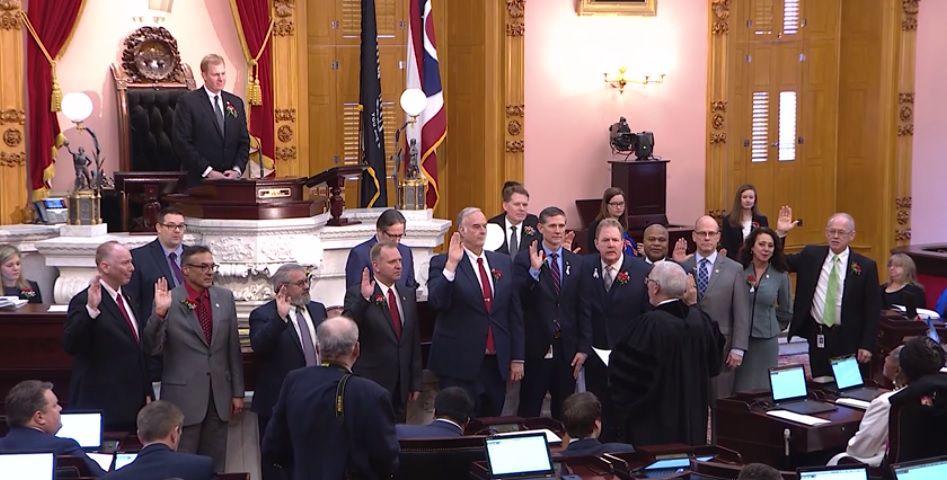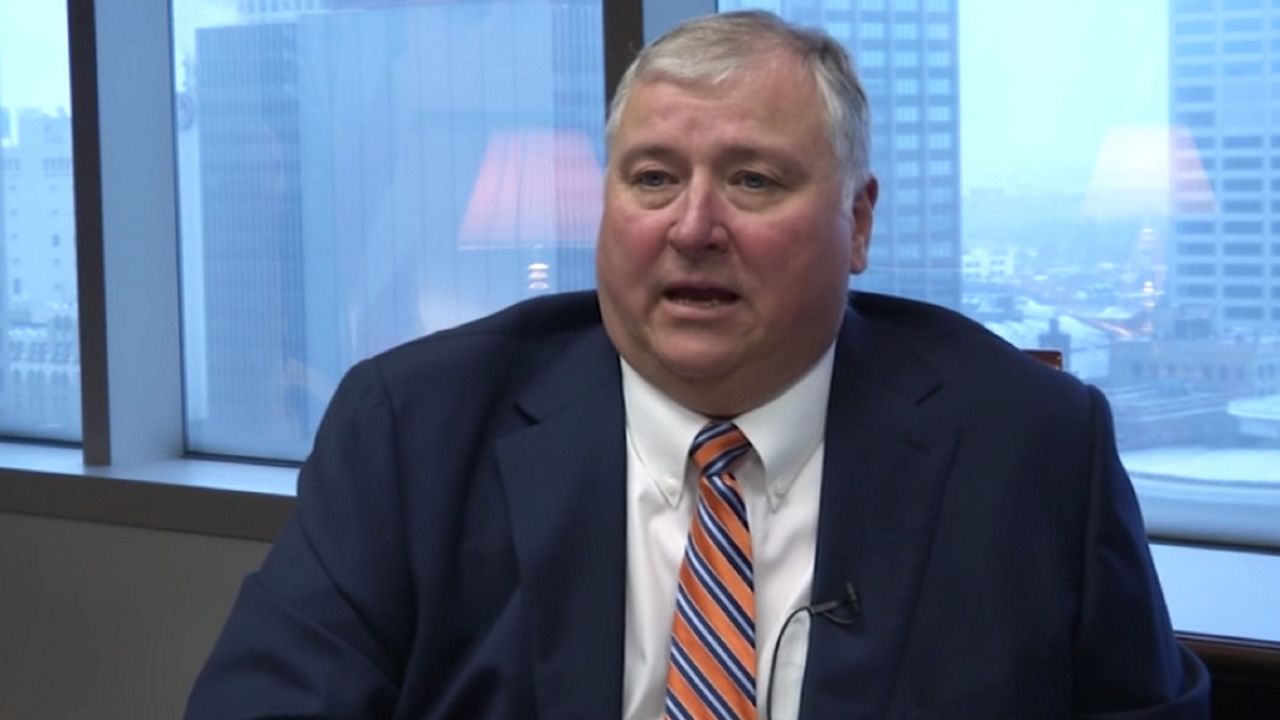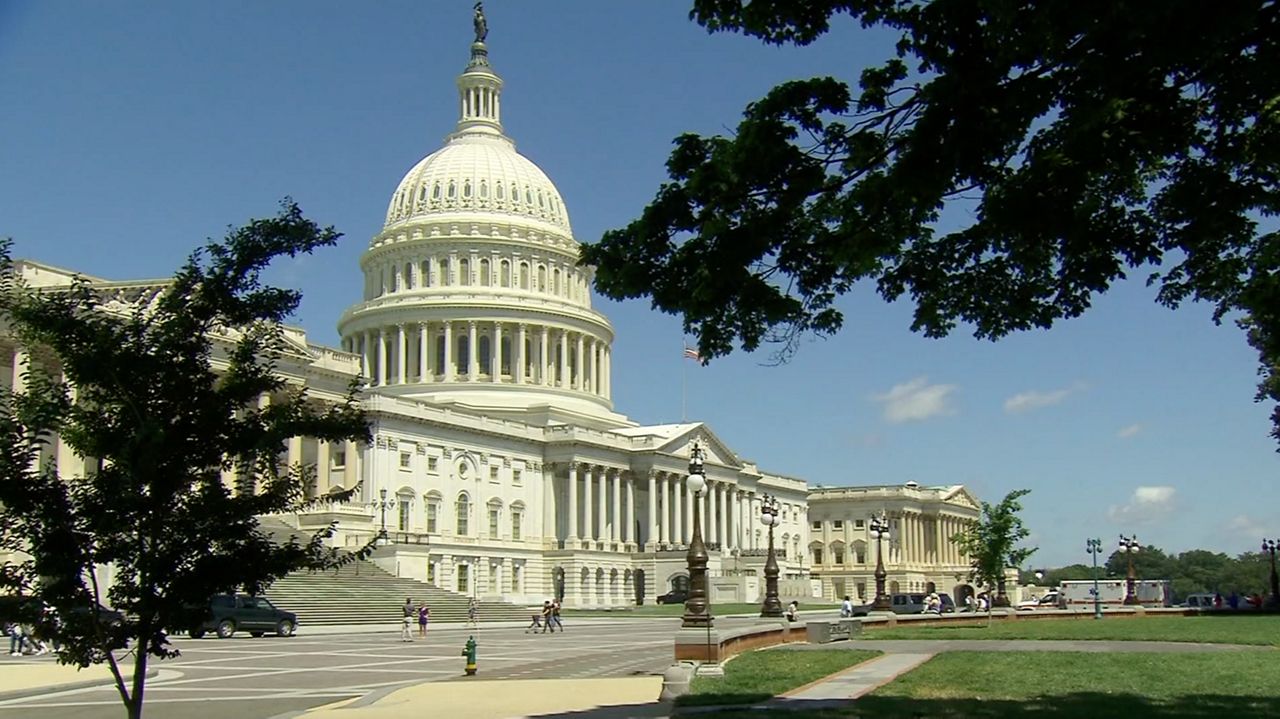WASHINGTON, D.C. — As Congress negotiates another coronavirus relief package, the federal deficit and debt are rising at record pace.
In the last week, I spoke with four of Ohio’s U.S. Representatives about how they are balancing pandemic spending with an out of control debt.
Rep. Marcy Kaptur (D, 9th Congressional District) and Rep. Tim Ryan (D, 13th Congressional District) serve on the House Appropriations Committee, while Rep. Warren Davidson (R, 8th Congressional District) and Rep. Anthony Gonzalez (R, 16th Congressional District) sit on the House Financial Services Committee.
The four lawmakers spend a lot of time working on the economy and the federal government’s role in making it function.
In the last few months, their jobs have become even more challenging as Congress has approved over $3 trillion in federal relief due to the coronavirus — and will likely agree to at least a trillion dollars more.
The country’s deficit — the amount of money it has borrowed in the current fiscal year — is over $2.7 trillion dollars and rising. (Compared to $984 billion in 2019; $779 billion in 2018; $666 billion in 2017; and $587 billion in 2016)
The national debt, which represents how much money the U.S. government owes in total — is now over $26 trillion.
“It is something in the long term we’ve got to worry about,” Ryan said. “Right now is not the time because the debt will actually be worse. If people file bankruptcy, if people don’t pay their credit cards, if people destroy their credit, don’t pay their car payments, that is going to devastate the economy.”
Ryan’s argument has a fair amount of bipartisan support, since lawmakers have come to realize just how bad the pandemic is.
Even traditionally fiscal conservatives like Davidson, whose Twitter bio includes, “It’s not compassionate to bankrupt America!,” has agreed relief has been necessary. But he still has a warning.
“It’s not like somebody lent us this money,” Davidson said. “The federal government printed it, which dilutes the value of all the other money. Now we might be able to get away with it because we’re the United States of America, we have the world’s reserve currency and all that, but essentially it’s modern monetary theory without calling it that. We can’t keep doing that.”
Republicans and Democrats told me the national debt is a long-term problem. But they said one thing that’s helping right now is low interest rates, which are letting the country take on more debt in the short-term as the pandemic continues.
“As long as interest rates are at zero, I think that we’ll be able to sustain some additional support on the COVID side,” Gonzalez said in an interview over Zoom.
But Gonzalez told me the pandemic is only half of the equation and can be viewed as more of a one-time investment.
He and Kaptur raised similar points, that the other half is more complicated.
They both said it will take Congress years to negotiate deals that could change how federal programs like Social Security are funded and how the U.S. conducts business at home and abroad.
Right now, though, COVID-19 remains the top priority.
“It’s always the federal government’s job to sop up that need, that human need, and then to pay those bills off overtime,” Kaptur said. “We simply have to do that.”
Kaptur, who is the longest-serving woman in House history, told me this is not the worst economic situation she has seen in her years in Congress. She said she’s hopeful the country will be able to adapt faster than it did in the 2008 recession or in the early
POLITICS
Balancing The National Debt With Pandemic Spending
PUBLISHED 5:00 AM EDT Jul. 25, 2020








